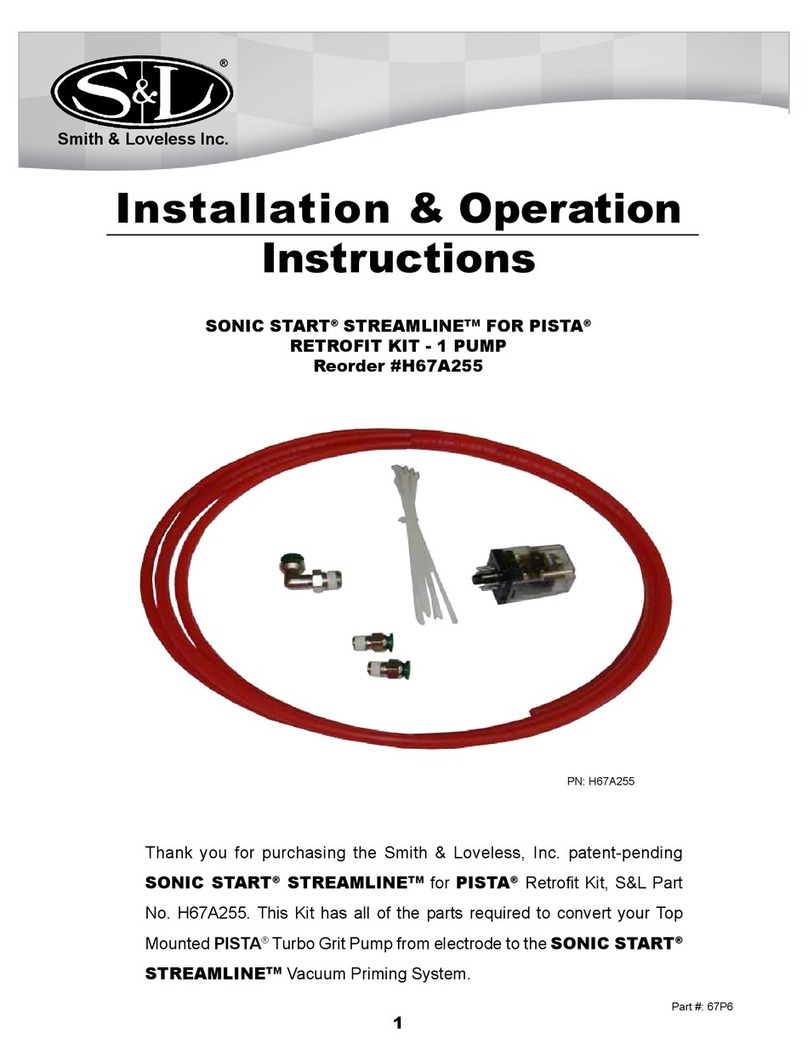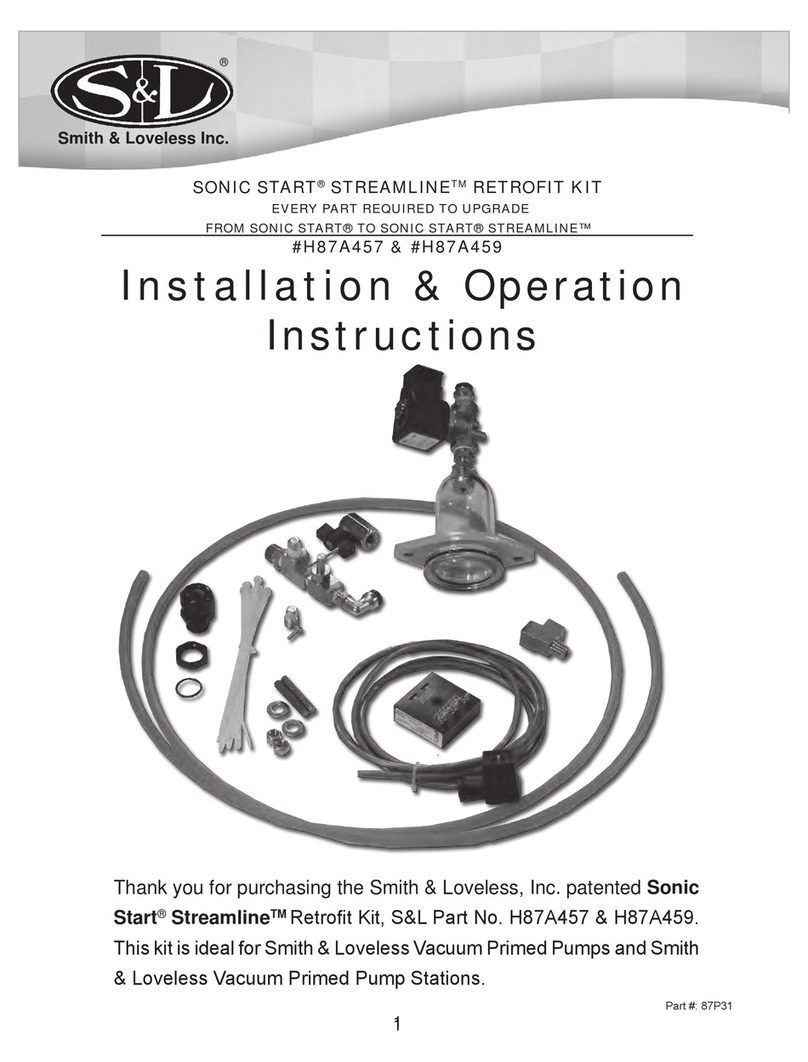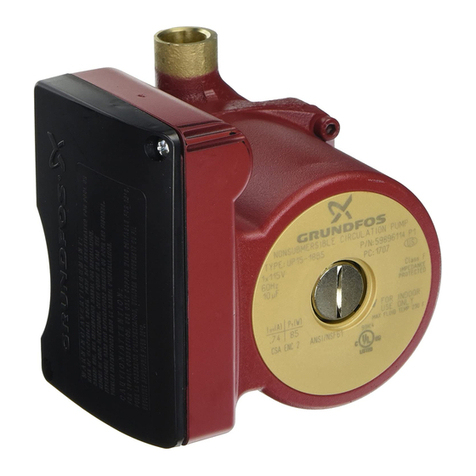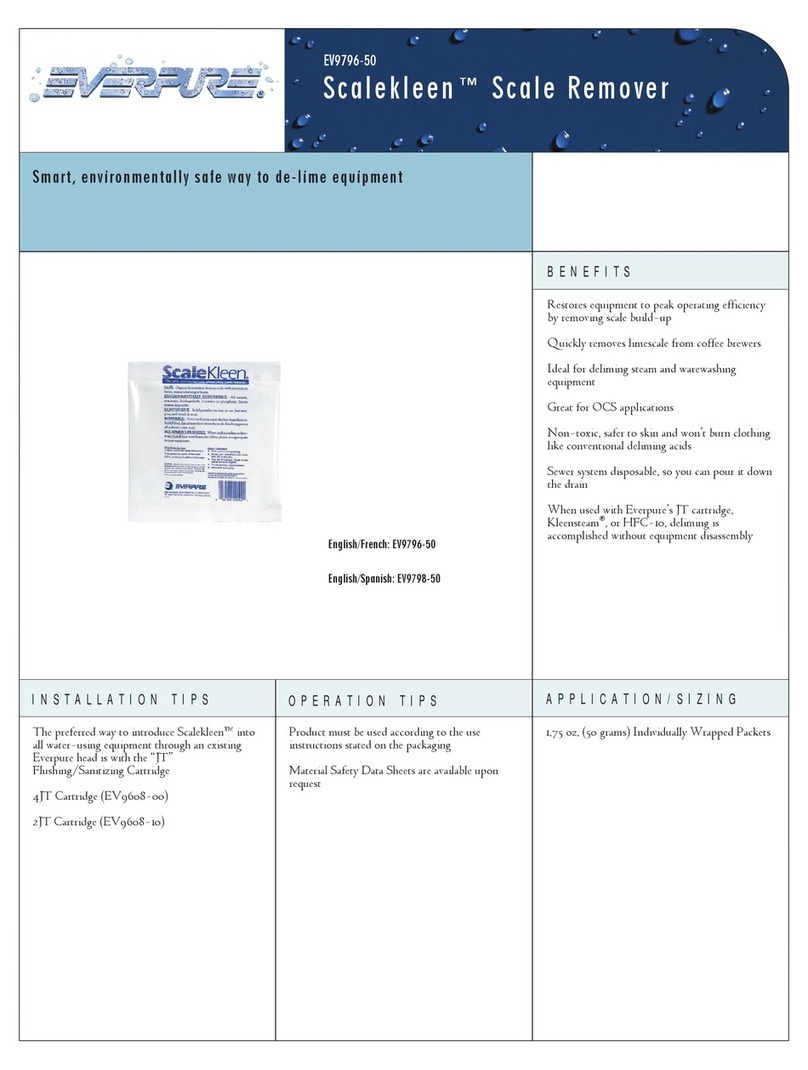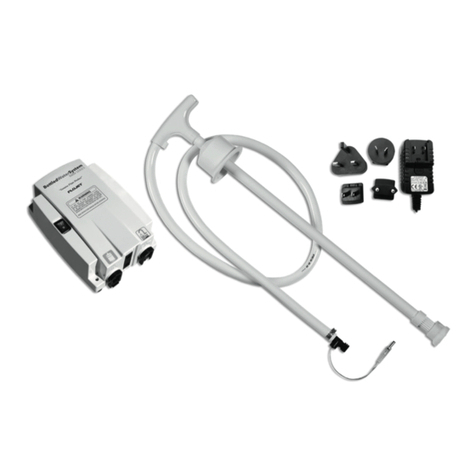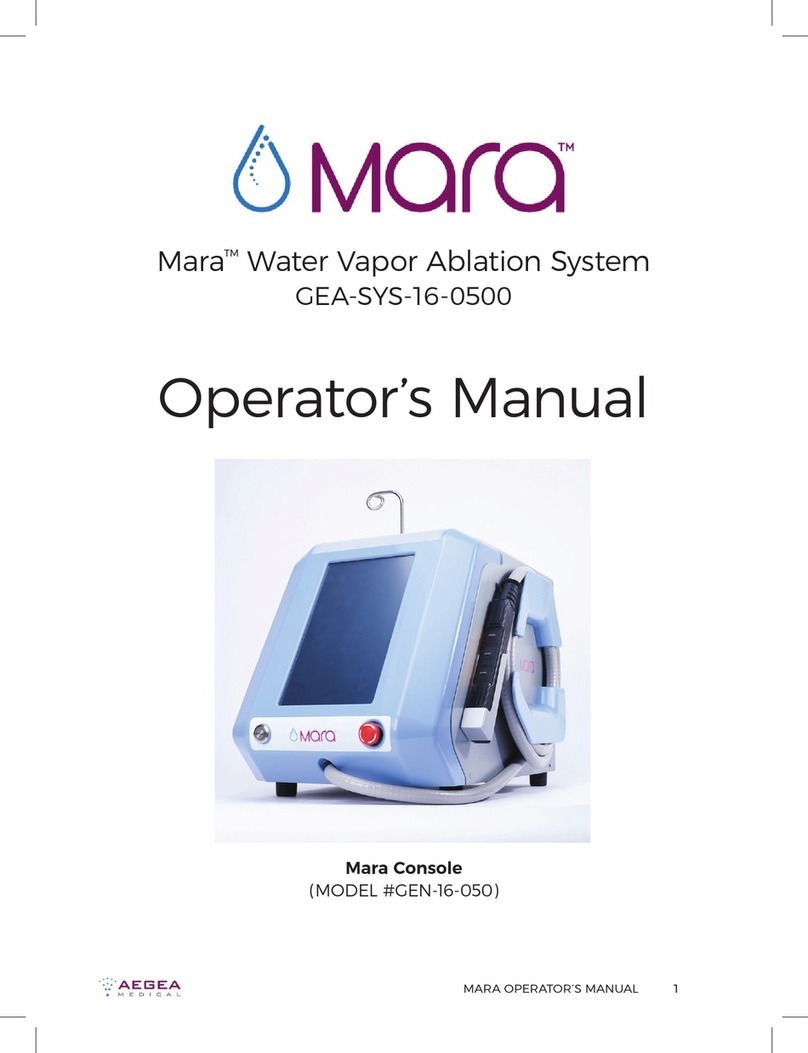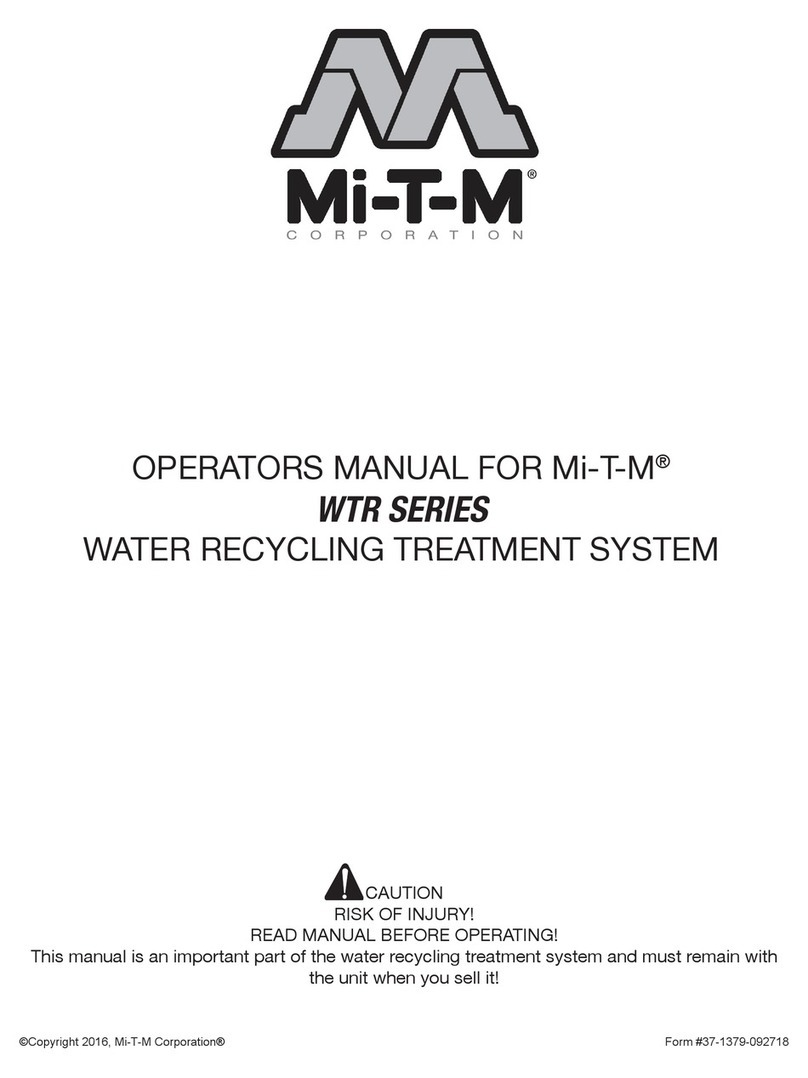SMITH & LOVELESS STREAMLINE Installation instructions

1
EXPLOSION-PROOF SONIC START®STREAMLINETM
FOR PISTA®
RETROFIT KIT - 1 PUMP
Reorder #H67A254
Installation & Operation
Instructions
Smith & Loveless Inc.
Thank you for purchasing the Smith & Loveless, Inc. patent-pending
EXPLOSION-PROOF SONIC START®STREAMLINETM for PISTA®
Retrot Kit, S&L Part No. H67A254. This Kit has all of the parts required to
convert your Top Mounted PISTA® Turbo Grit Pump from electrode to the
EXPLOSION-PROOF SONIC START®STREAMLINETM Vacuum
Priming System.
®
Part #: 67P3
PN: H67A254

2
As you read this manual, please take extra notice of the bodily injury warnings
called out with the internationally known symbol seen here. We have inserted
these warnings to help ensure operator safety. Following the bodily injury
warning, one of the following three words will appear:
DANGER: Indicates an imminently hazardous situation which, if not avoid-
ed, will result in death or serious injury. These signs appear with a red back-
ground and white letters.
WARNING: Indicates a potentially hazardous situation which, if not avoided,
could result in death or serious injury. These signs appear with an orange
background and black letters.
CAUTION: Indicates a potentially hazardous situation which if not avoided
may result in minor or moderate injury. These signs appear with a yellow
background and black letters
OPERATOR SAFETY
TABLE OF CONTENTS
Topic Page
Operator Safety 2
Parts Included In Kit 3
Tools Required 4
Installation Steps 5
Operating Guide 28
Troubleshooting Guide 29
Recommended Replacement Parts 32
Warranty 32
Other Parts & Products 33
Keep these instructions with your equipment Operation & Maintenance Manual
once this kit is installed. This document also serves as the operation instructions
for the EXPLOSION-PROOF SONIC START® Probe.

3
Item Quantity P/N Description
1 1 4L628H EXPLOSION-PROOF SONIC START®
Prime Sensor Probe
2 1 4L264S SONIC START® Operating Module
3 1 87B728B Dome & Explosion-Proof Solenoid Valve Assembly
4 2 6L200DH Stainless Steel Studs
5 2 6L65F Washers
6 2 6L30K Nuts
7 1 1L546D Elbow Tubing Connector
8 2 1L460D Male Tubing Connector
9 15 ft. 1L142BC Tubing
10 6 5L150A Cable Ties
11 1 67P3 Installation Instructions (This Document), not shown
Your kit contains the following parts:
8
5
1
7
4
6
23
10
9
PARTS INCLUDED IN KIT
Please make sure your kit
contains all of the parts and
quantities noted in the Item
and Description section
below, and assure that none
of the parts are damaged
before starting to install this
kit. Report any damaged or
missing parts to the Smith &
Loveless Parts Department at
(800) 922-9048.

4
TOOLS REQUIRED
The following list of tools is required to com-
plete this installation:
• Phillips Screwdriver
• Standard Screwdriver
• Adjustable Wrench or Set of Open End
Wrenches
• Socket Wrench and Extension, 3/8” drive
• ½” Socket
• 3/4” socket
• Wire, 14 gauge, red, green and white
• Wire cutters
• Wire strippers
• Wire crimpers
• Wire nuts
• 1/2” Conduit ttings
• 1/2” Flexible or rigid conduit
• 1/2” Conduit Sealing Fittings
• Control Panel Schematic
• Teontape
• Plumbers’ Grease, Petroleum Jelly or
non pumice hand soap
• Drill – ½” drive
• 3/4” Drill Bit or Knockout (to put a
3/4” hole in the control panel)
• Hammer
• Punch
• Torque Wrench
• Knife
• Tools to tap a 3/4” NPT Hole, including a
29/32” drill bit and 3/4” NPT tap
CAUTION: Use proper personal safety equipment when installing this kit. Eye
protection, non-skid safety shoes, hard-hat, hearing protection and gloves must be
used for the appropriate condition. Failure to do so could result in bodily injury.
Before starting, check the existing vacuum
dome assembly on the Top Mounted PISTA®
Turbo Grit Pump. Does the dome have one
or two holes in the top of the plastic dome?
If it has one hole, you have everything you
need. If the dome has two holes, then you will
also need to order one (1) PN: 11L47D Quad
Ring and one (1) PN: 87A225 Retrot Adapter
Ring before installing this kit. Parts can be
ordered from the Smith & Loveless, Inc. Parts
Department at (800) 922-9048.
INSTALLATION NOTE: Additional ttings
and exible or rigid conduit are required
to complete the installation of this kit. The
EXPLOSION-PROOF SONIC START® Probe
and Explosion-Proof Solenoid Valve come with
½” conduit threaded ttings. Enough conduit
of the desired type (rigid or exible) will be
required to run from the EXPLOSION-PROOF
SONIC START® Probe to the panel with the
electrode relay and from the Explosion-Proof
Solenoid Valve that will be mounted on top
of the vacuum dome to the vacuum priming
panel where the vacuum pumps are located.
All wiring and conduit must meet the National
Electric Code requirements for classication,
division, and/or zone where applicable.
BEFORE YOU START

5
Step 3.
Look at your PISTA® Turbo Grit Pump. The
EXPLOSION-PROOF SONIC START®Probe
(Item 1) must be installed in the end of the
motor adapter. See Diagram 1 for orientation
of the hole to be tapped for the EXPLOSION-
PROOF SONIC START®Probe (Item 1). The
EXPLOSION-PROOF SONIC START®Probe
(Item 1) will stick approximately 5-½” out from
the end of the motor adapter.
TECH TIP: Check all equipment
for the 5-½” clearance. It may
be necessary to rotate the
motor adapter to create enough
clearance for the EXPLOSION-
PROOF SONIC START®Probe (Item 1) to be
located between the motor adapter and other
piece of equipment.
INSTALLATION STEPS
Diagram 1
VIEWS CHANGE PER DIFFERENT STYLES OF MOTOR ADAPTERS
Smith & Loveless, Inc. has a patent-pending on the
SONIC START® Prime Sensing System.
DANGER: Disconnect and lock out power before servicing the equipment. Failure to
do so could result in electrical shock, serious bodily injury or death.
Step 2.
Disconnect the electrode grounding wire from
the existing electrode dome assembly. The
grounding wire is no longer used and can be
removed. Remove the dome assembly from
the motor adapter, Photo 1. Now continue to
Step 3 for Drilling & Tapping the motor adapter.
OR
If you already have the EXPLOSION-PROOF
SONIC START® Probe installed you need to
make sure you have the current version of the
EXPLOSION-PROOF SONIC START®Probe.
Remove the existing EXPLOSION-PROOF
SONIC START® Probe and skip to Step 9.
Step 1.
Turn off and lockout power to the unit.
Photo 1
Dome
Grounding Wire Connector
Motor
Adapter
Dome Housing StudDome Housing
3/4” NPT
TAPPED HOLE
1 3/8” (TYP.)

6
Photo 3
Photo 2
Step 6.
Thread the hole with a 3/4” NPT tap as in
Photo 3.
NOTE: Do not tap the threads too deep,
otherwise it will not seal and will create
a vacuum leak.
Step 4.
Mark the location for the EXPLOSION-
PROOF SONIC START®Probe (Item 1) on
the motor adapter. See Diagram 2 for the
correct location the EXPLOSION-PROOF
SONIC START®Probe (Item 1) . Use a
hammer and punch to make a mark at the
proper location.
Step 5.
Drill a pilot hole at the punch mark with a
3/16” or similar size drill bit (See Photo 2).
Make sure the hole is as straight as possible
to make it easier when tapping. Then drill
the hole out with a ½” or similar size drill
bit, and then nish drilling the hole with a
29/32” drill bit.
Diagram 2
VIEWS CHANGE PER DIFFERENT STYLES OF MOTOR ADAPTERS
Smith & Loveless, Inc. has a patent-pending on the
SONIC START® Prime Sensing System.
Dome Housing StudDome Housing
3/4” NPT
TAPPED HOLE
1 3/8” (TYP.)

7
Step 8.
If the shoulder of the EXPLOSION-PROOF
SONIC START®Probe (Item 1) is more than
3/8” from the motor adapter, then the threads
need to be tapped deeper.
Remove the EXPLOSION-
PROOF SONIC START®Probe
(Item 1) and insert the tap back in the hole
(Photo 6). One revolution of the tap should
make the tapped hole approximately 1/16”
deeper.
EXAMPLE: If the EXPLOSION-PROOF
SONIC START®Probe (Item 1) was ½” from
the motor adapter, you would want to make
(2) two additional rotations with the tap so
that it will end up ¼” or less from the motor
adapter. Photo 6
Step 7.
Thread the EXPLOSION-PROOF SONIC
START®Probe (Item 1) into the tapped hole
to test the depth of the tapped hole. The
shoulder of the EXPLOSION-PROOF SONIC
START®Probe (Item 1) must be 3/8” or less
from the motor adapter to have proper thread
engagement, see Photo 5.
Space between lines (shoulder of EXLOSION-PROOF
SONIC START®Probe (Item 1) & motor adapter must be
3/8” or less.
Photo 5
Photo 4
Step 6 (Continued).
Turn the tap with an adjustable wrench or
tap wrench and keep track of how many
revolutions you make with the tap. Keep
the tap straight as you are turning it. Once
the end of the tap is through the wall of the
motor adapter and you have made at least 5
revolutions, remove the tap from the motor
adapter. Your tapped hole will look like Photo
4.

8
1
Photo 9
If additional tapping is required, retap the hole
and reinsert the EXPLOSION-PROOF SONIC
START®Probe (Item 1). Check the depth and
tap the hole deeper, if necessary, to get the
shoulder of the EXPLOSION-PROOF SONIC
START®Probe (Item 1) to be 3/8” or less from
the motor adapter (Photo 7).
Remove the EXPLOSION-
PROOF SONIC START®Probe
(Item 1). See Photo 8.
Photo 8
Photo 7
Space between lines (shoulder of
EXPLOSION-PROOF SONIC START®
Probe (Item 1) & motor adapter must
be 3/8” or less.
Step 9.
Put Teon®tape on the EXPLOSION-PROOF
SONIC START®Probe (Item 1) threads. Make
sure the Teon®tape covers the threads as
shown in Photo 9. Thread the EXPLOSION-
PROOF SONIC START®Probe (Item 1) into
the tapped hole.
TECH TIP: Thread the Teon®
tape CCW (counterclockwise)
to the top of the thread. Do not
wrap more than two layers of
Teon®tape on the threads.

9
Step 10.
Tighten the EXPLOSION-
PROOF SONIC START®Probe
(Item 1) (Photo 10) so that the two sensing
probes run vertically inside the dome port
of the motor adapter. See Photo 11.
Step 11.
Remove the cap from the EXPLOSION-
PROOF SONIC START®. See Photo 12.
Step 12.
Set the dip switches to min and >0.7. See
Photo 13.
Photo 11
Photo 10
Photo 13
Photo 12
1
Dip Switches

10
Step 13.
Determine the location of the existing electrode
relay or SONIC START® operating module.
This is typically in the main control panel, but
every installation is different.
Step 14.
Run conduit (not included in this kit) from the
EXPLOSION-PROOF SONIC START® to the
panel that contains the existing electrode relay
or SONIC START®operating module. Install
sealing ttings and other items as required
so that the wiring will meet all applicable
requirements for classication, division,
and/or zone. Wiring and conduit must meet
all applicable local and/or national codes.
Diagram 3 is for reference only.
Step 15.
In the panel with the existing electrode relay
or SONIC START® operating module, run new
wires for the EXPLOSION-PROOF SONIC
START®. Five wires will be required. Connect
two wires to a terminal that is powered directly
from one of the single phase breakers. Connect
one wire to Ground and one to Neutral. The
fth wire will be connected to the socket for
the existing electrode relay or SONIC START®
operating module in a later step. Allow enough
extra wire to run through the conduit and
connect the EXPLOSION-PROOF SONIC
START®(Item 1).
1/2” Conduit (Not
supplied by S&L) Run to
Main Control Panel
or location where the
existing Electrode
Relay or Sonic Start®
Operating Module
is currently located.
Every installation is
different.
EXPLOSION-
PROOF SONIC
START®Probe
(Item 1)
Vacuum
Priming
Panel
Diagram 3

11
Step 16.
Label the loose ends of the wires. Label
the wire to be connected to the existing
electrode relay or SONIC START® operating
module as Pin 3 on both ends. Label the
Neutral wire as Pin 2 and the Ground wire
as Ground. Label one of the remaining
power wires Pin 1 and the other Pin 4.
Step 17.
Run the ve wires through the conduit.
Make sure there is enough wire to run to
the EXPLOSION-PROOF SONIC START®
(Item 1).
Step 18.
Connect the Ground wire to the Ground
lug in the EXPLOSION-PROOF SONIC
START® (Item 1). Connect the wires labeled
Pin 1, Pin 2, Pin 3, and Pin 4 to the same
numbered pin on the terminal strip inside
the EXPLOSION-PROOF SONIC START®
(Item 1). See Photo 14.
Step 19.
Install the cap back onto the EXPLOSION-
PROOF SONIC START®(Item 1). See
Photo 15.
Photo 14
Photo 15
Ground Lug

12
NOTE: If you already have the EXPLOSION-PROOF SONIC START®priming
system installed, skip to Step 38.
RELAY 2. (S&L P/N: 4L408)
A larger clear relay with a red light that
indicates when the pump is primed (see
Relay 2 in Photo 18). If you are replacing
this type of electrode relay, go to step 24.
RELAY 3. (S&L P/N: 4L408H)
A black plastic cased relay that is plugged
into an 8-pin socket (see Relay 3 in
Photo 19). If you are replacing this type of
electrode relay, go to step 30.
RELAY 4. (S&L P/N: 4L408A or C)
A relay with built-in terminals. There are six
terminals on each end. If you are replacing
this type of electrode relay, go to step 35
Relay 1
Relay 2 Relay 3
Photo 16
DANGER: Disconnect and lock out power before performing any electrical work.
Failure to do so could result in electrical shock, serious bodily injury or death.
WARNING: All electrical work should be performed by a qualied electrician and per
all applicable codes. Failure to do so may result in severe bodily injury or death.
Step 20.
Now the wiring for the electrode relay must be
modied in order to use the new SONIC START®
Operating Module (Item 2). There are four
different types of electrode relays that have
been used on Smith & Loveless Top Mounted
PISTA® Turbo Grit Pumps, see Photo 16 . The
three electrode relays from oldest to most recent
are relay 1 to 3. Relay 4 is an instrinsically safe
electrode relay.
RELAY 1. (S&L P/N: 4L264)
A small, clear relay with a resistor, diode,
and capacitor in the socket wiring (see
Relay 1 in Photo 17. If you are replacing
this type of electrode relay, go to step 21.
Socket 1 Socket 2 Socket 3
Electrode Relays
Relay 4
Socket 4
+

13
Steps 21 to 23 are for rewiring the socket of the small clear relay with a resistor, diode, and
capacitor in the socket wiring only. (If your relay looks like Relay 1 in Photo 17, use steps 21 to 23)
Relay 1
Photo 17
but keep any other wires connected to Pin 1 or
Pin 8. Do not reuse any wires with a resistor,
capacitor, or diode. If there are multiple Neutral
wires, make sure that all the other components
still have their Neutral connected.
Step 21.
Remove the clear relay from its socket. Remove
any wires that are connected to Pin 2 or Pin 7 of
the electrode relay socket. If there is a wire from
Pin 2 to either Pin 1 or Pin 8, remove this wire,

14
Step 22.
Run the wire from Pin 3 of the EXPLOSION-PROOF SONIC START® (Item 1) to Pin 7 of the
existing electrode relay socket.
Step 23.
Run a Neutral wire to Pin 2.
Skip ahead to Step 37.
Neutral Wire
From Pin 3 of the
EXPLOSION-PROOF
SONIC START®

15
Relay 2
Steps 24 to 29 are for rewiring the socket of the larger clear electrode relay only. (If
your relay looks like Relay 2 in Photo 18, use steps 24 to 29.)
Step 24.
Remove the clear relay from its socket. Remove any wires from pins 3 and 4. Typically they
are connected to the terminal strip. Consult your wiring diagram for the correct wire number.
Photo 18

16
Step 25.
Remove the wire from Pin 5.
Step 26.
Move any wire(s) from Pin 7 to Pin 5. These pins are on the opposite side of the socket, so it
may be necessary to run a new wire or to wire nut another piece of wire onto it to reach.
Step 27.
If there is a jumper wire between Pins 1 and 8 remove it.
Remove the
wire from Pin 5.

17
Step 28.
If there are any wire(s) on Pin 1, move them to Pin 8.
Step 29.
Connect the wire from Pin 3 of the EXPLOSION-PROOF SONIC START® (Item 1) to Pin 7 .
Skip ahead to Step 37.
From
EXPLOSION-
PROOF SONIC
START® Pin 3.

18
Steps 30 to 34 are for rewiring the socket of the black plastic 8-pin electrode
relay only. (If your relay looks like Relay 3 in Photo 19, use steps 30 to 34.)
Step 30.
Remove the black relay from its socket. Remove any wires from Pins 6 and 8. Typically they
are connected to the terminal strip. Consult your wiring diagram for the correct wire number.
Relay 3
Photo 19

19
Step 31.
Remove the wire from Pin 5.
.
Step 32.
If there is a jumper wire between Pins 1 and 7, remove it.
Step 33.
If there are any wire(s) on Pin 7, remove them.
Step 34.
Connect the wire from Pin 3 of the EXPLOSION-PROOF SONIC START® (Item 1) to Pin 7.
Skip ahead to Step 37.
Remove the wire
from Pin 5.
From
EXPLOSION-PROOF
SONIC START® Pin 3

20
Steps 35 to 36 are for rewiring the instrinsically safe electrode relay. (If your relays looks like
Relay 4 in Photo 20, use steps 35 to 36). The socket of the clear relay needs to be rewired. The
intrinsically safe electrode relay is not needed and can be removed.
Relay 4
Photo 20
Step 35.
Remove the relay from its socket. Remove any
wires that are connected to pin 7 of the electrode
relay socket.
+
Table of contents
Other SMITH & LOVELESS Water System manuals
Popular Water System manuals by other brands
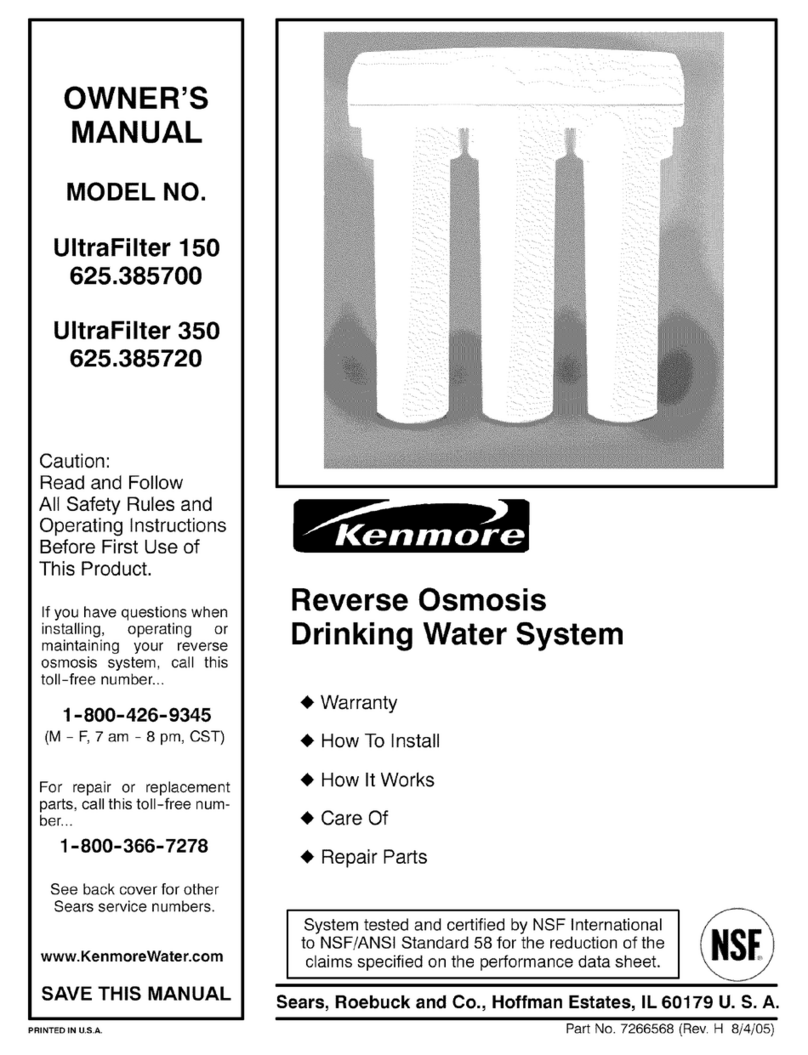
Kenmore
Kenmore ULTRAFILTER 150 625.385700 owner's manual
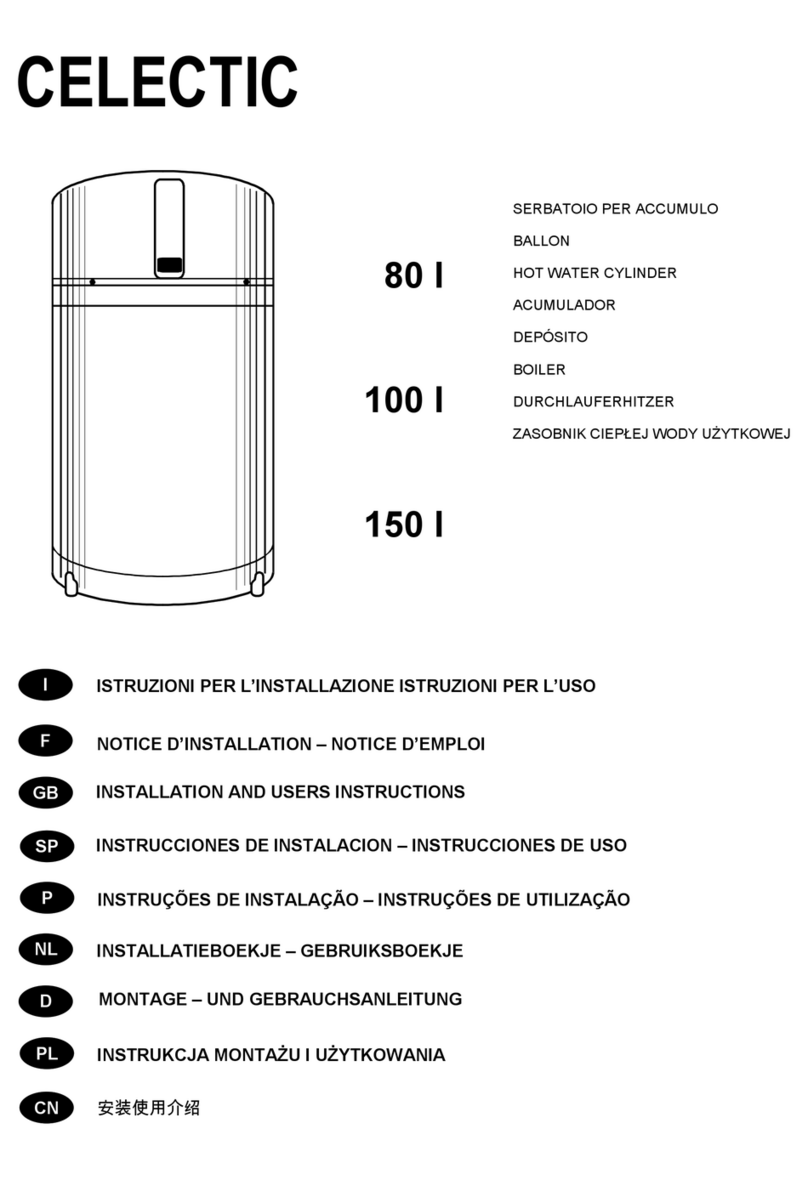
CELECTIC
CELECTIC 80 L Installation and user instructions
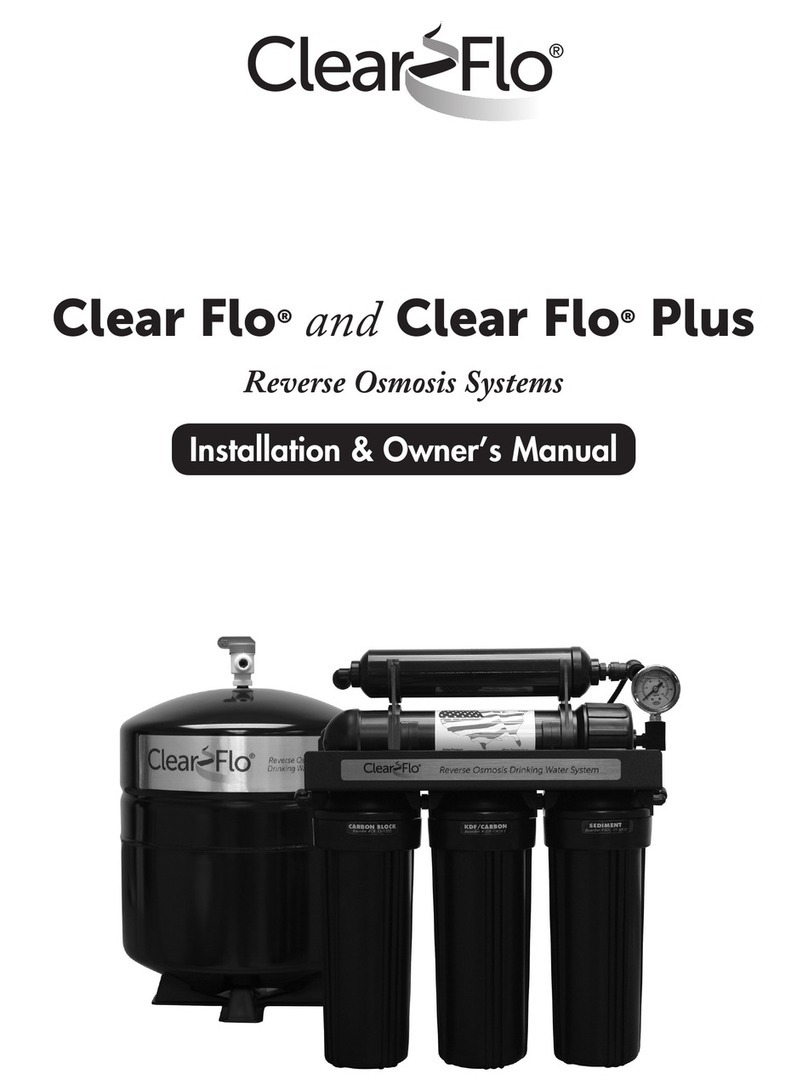
Clear Flo
Clear Flo Clear Flo Installation & owner's manual
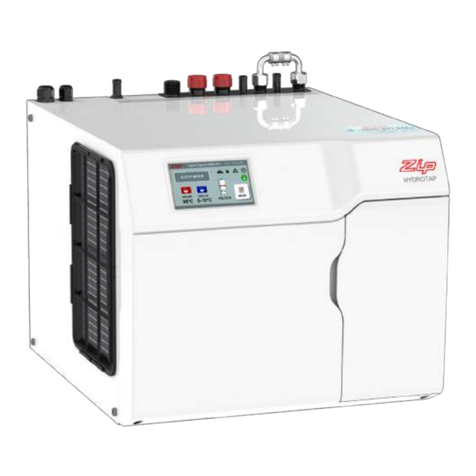
Zip
Zip HydroTap G4 Series installation instructions
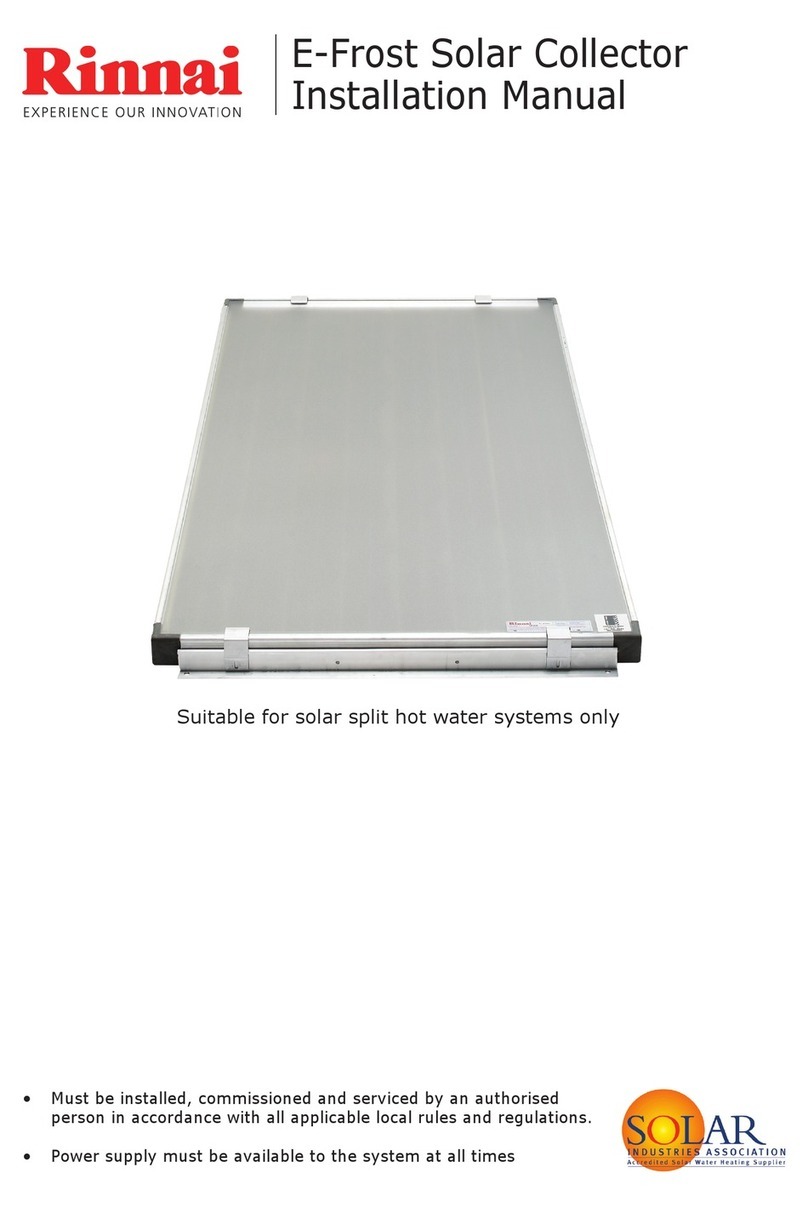
Rinnai
Rinnai E-Frost installation manual

Carrier
Carrier 50YA Installation and start-up instructions

PEI
PEI Advanced Enviro-Septic Maine Design and installation manual
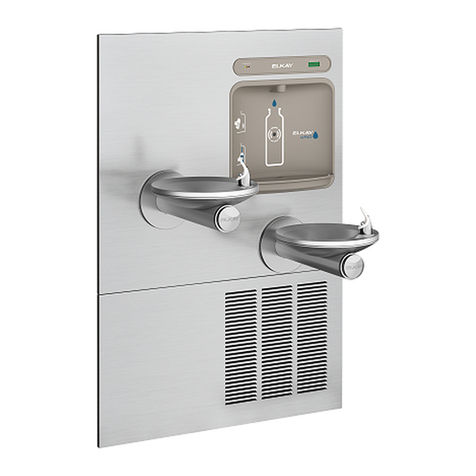
Elkay
Elkay EZH2O LZWS-LRPBM28K installation instructions
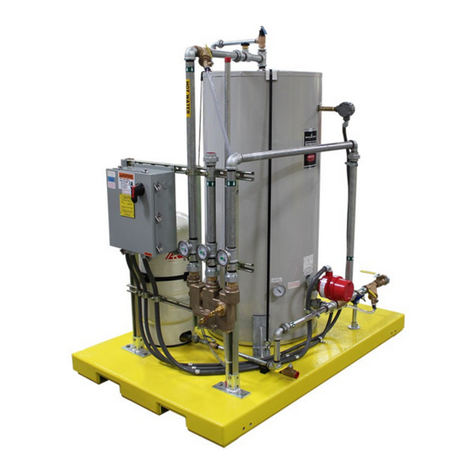
Haws
Haws 8780 Series Installation, operation & maintenance instructions
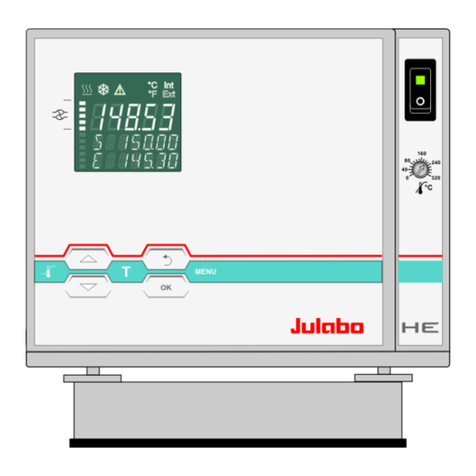
Julabo
Julabo HE-4 operating manual
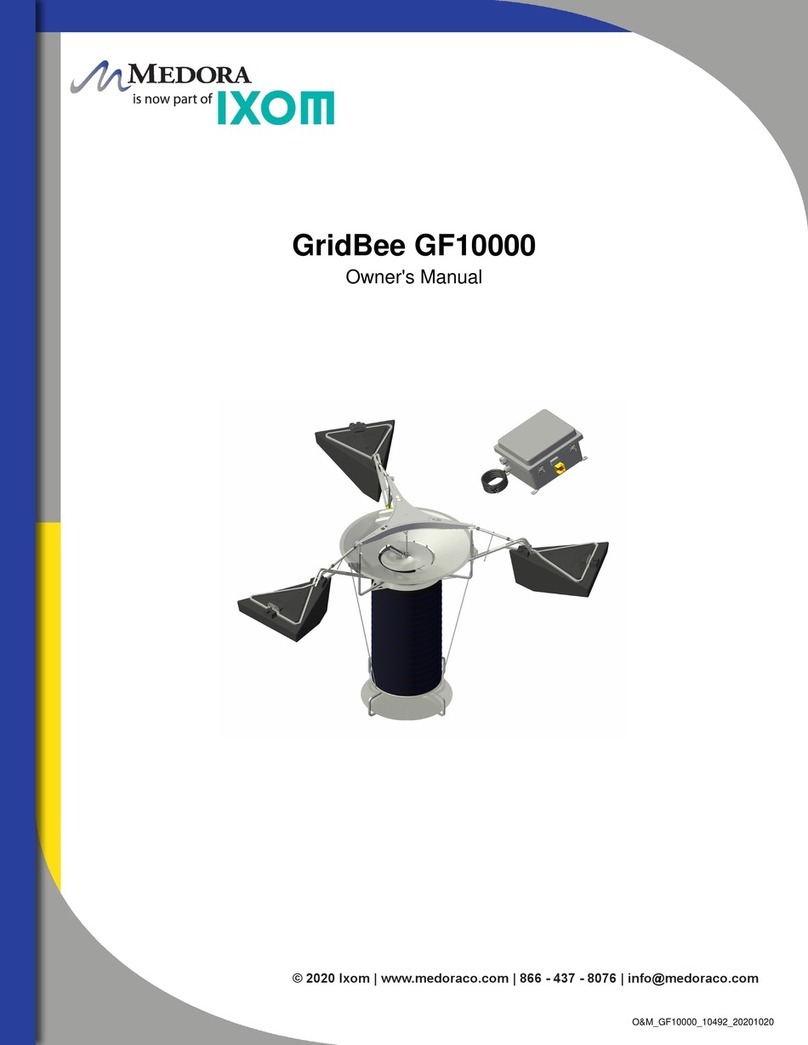
IXOM
IXOM Medora GridBee GF10000C owner's manual
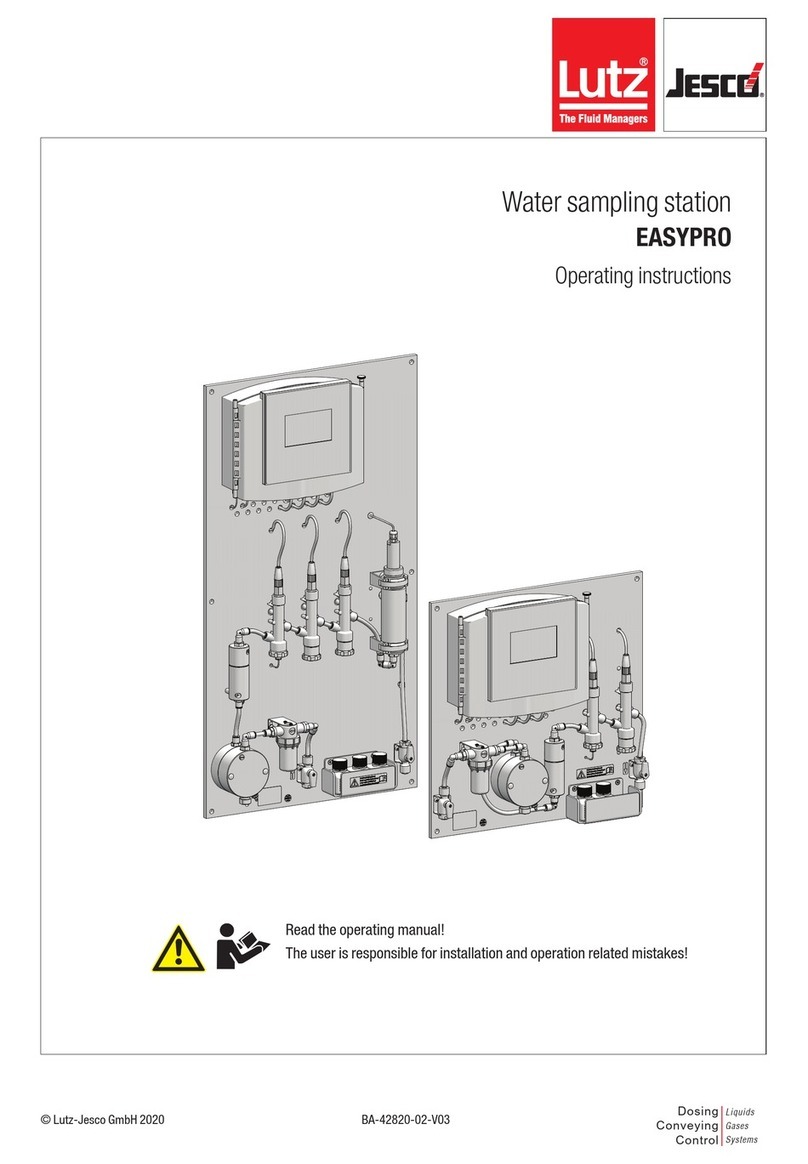
Lutz
Lutz Jesco EASYPRO Operating
